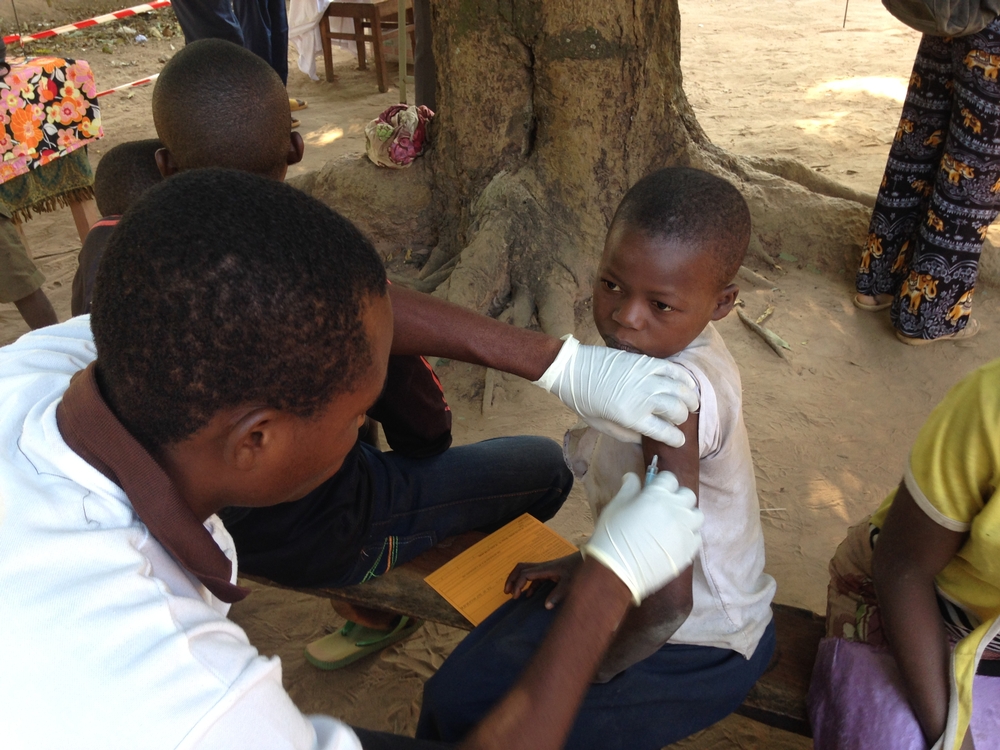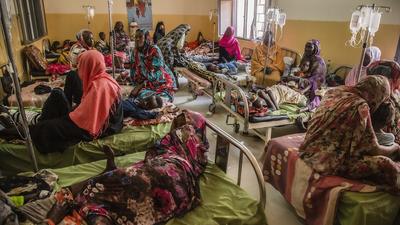The worst measles epidemic since 2011 continues to ravage the province of Katanga in the south of Democratic Republic of Congo (DRC).
Millions of people still need to be vaccinated. While vaccinations have made this disease very rare in Western countries, it remains fatal for unprotected populations, especially children.
Dr Louis Albert Massing, MSF’s medical coordinator in DRC, gives us an update.
The mortality rate is too high
“In April we carried out an evaluation of the situation.
In the Malemba Nkulu health zone, which is in the Haut-Lomami health district, there’s an estimated population of around 307,908. New cases rose from 400 to 800 a week, there was a week we recorded 1,100.
This is a huge epidemic, and the medical teams have had to deal with a massive influx of seriously ill patients.
In the first week we recorded a mortality rate of almost 19 percent within the Measles Treatment Centre (MTC). Children admitted with measles were also suffering from co-infections – such as respiratory diseases, so many were already very weak.
Luckily, we got the mortality rate down significantly in the second week, but it’s still too high

What’s MSF doing?
Between 20 April and 20 May we distributed supplies to 19 of the 23 health centres in the zone.
Over 4,000 patients who were straightforward cases were treated as out-patients. We set up a referral system for the more complicated cases, transporting them by motorbike taxi to the Measles MTC in Malemba.
There they have 50 beds – 38 for inpatients and 12 for intensive care. In one month 342 children, 90 percent under five, were admitted.
We have now vaccinated all children in the Malemba Nkulu health zone aged between six months and 10 years – that’s a total of 101,000.
Currently one of our biggest challenges is to control the epidemic, which is still progressing in a dozen or so health zones in close proximity to each other.
Millions of people to reach
The main issues are logistics, availability of human resources and getting enough vaccines. These health zones are in geographical areas that are especially difficult to reach, with some roads in the region being impassable.
Altogether we’re talking about nearly 2.5 million people.
We are adapting our operations as best we can, drawing on what we learned from the 2011 epidemic when we vaccinated almost 1.5 million children.
A final factor making this measles epidemic worse is the poor state of the population’s general health, with the youngest being particularly fragile. They’re already suffering from malnutrition, malaria and respiratory diseases, this pushes the mortality rate up - making action all the more urgent.”





